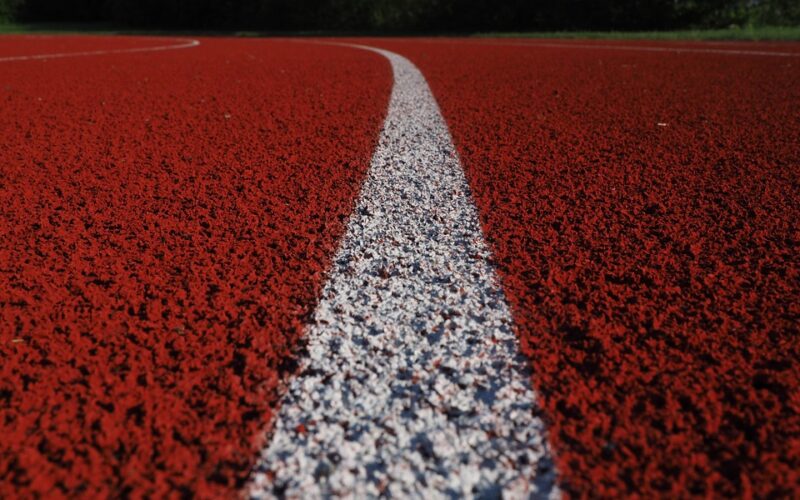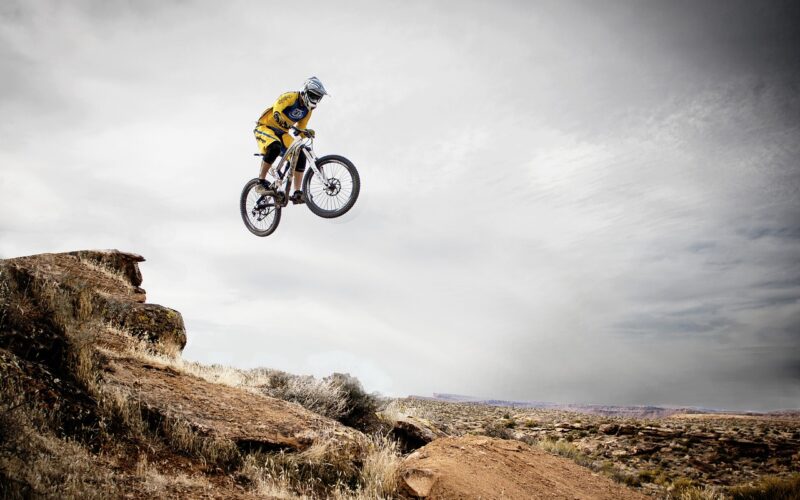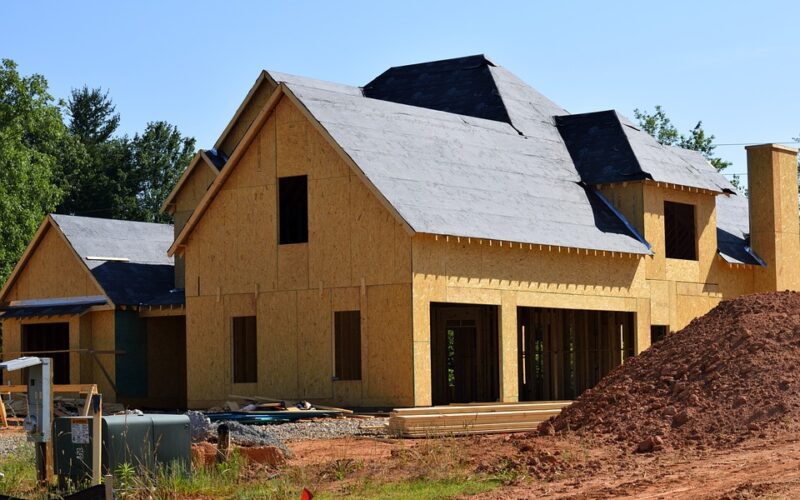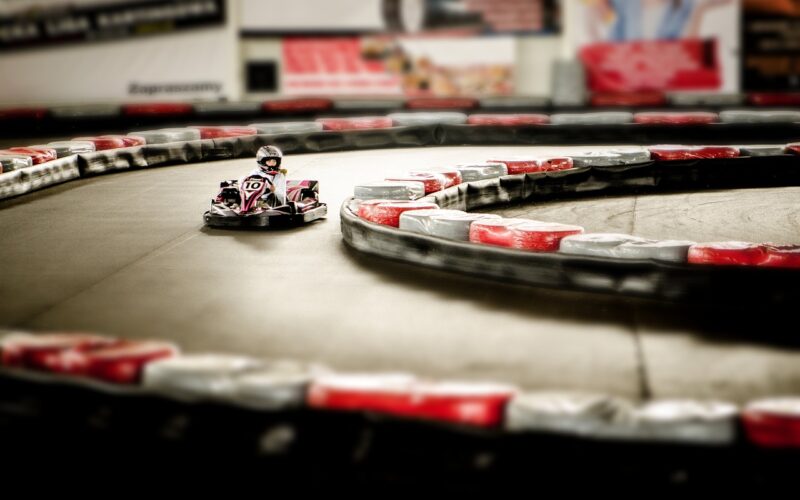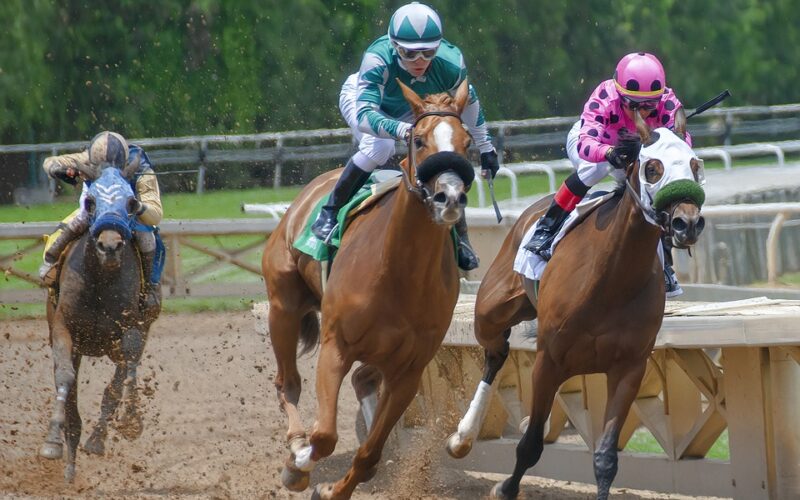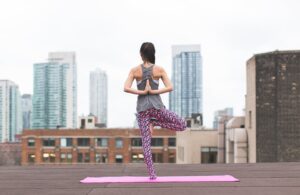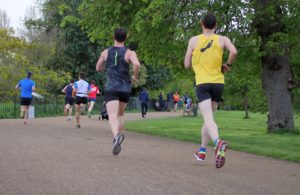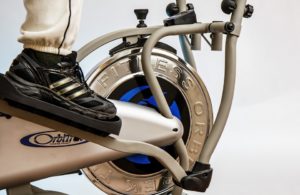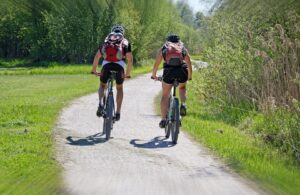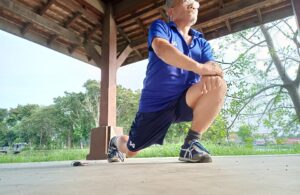While exercise is often encouraged, many people prefer other methods than running when it comes to getting fit. Those dedicated to the speed a human body can achieve are often the ones on the running track. Many of them may not know the decisions that have gone into building the area where they run, yet they are designed with runners and local conditions in mind.
Runners with injuries are often side-lined for a time. Their body must heal before they can stress it once more, so choosing materials that will help avoid injuries is important. A grass or cinder surface is often considered in drier areas, but these tracks can develop holes and dips. Those small areas may cause a runner to trip or misstep, and an injury can be a result. Regular maintenance can prevent this, but it can be costly.
Asphalt tracks became popular at one point due to their ability not to absorb water during rain storms. Unlike cinder and grass, they were considered tracks that could be used in any weather. They have long been convenient in areas where rainfall is more frequent, yet they do tend to be more difficult for some runners. There is less give to the surface in cold weather that may lead to injuries. The cost factor of maintaining the track surface over the years can also be prohibitive.
When building outdoors, it can be important to ensure longevity in any surface. This is one of the positive points associated with building a synthetic track. While the base underneath is usually made of asphalt, the top layer of the running can be made of synthetic materials. They have a long wear life, they help avoid injuries with a cushioning surface, and they can even be made in multiple colours. They are more expensive than asphalt tracks when being built, but the lower maintenance costs can make them affordable over time.
